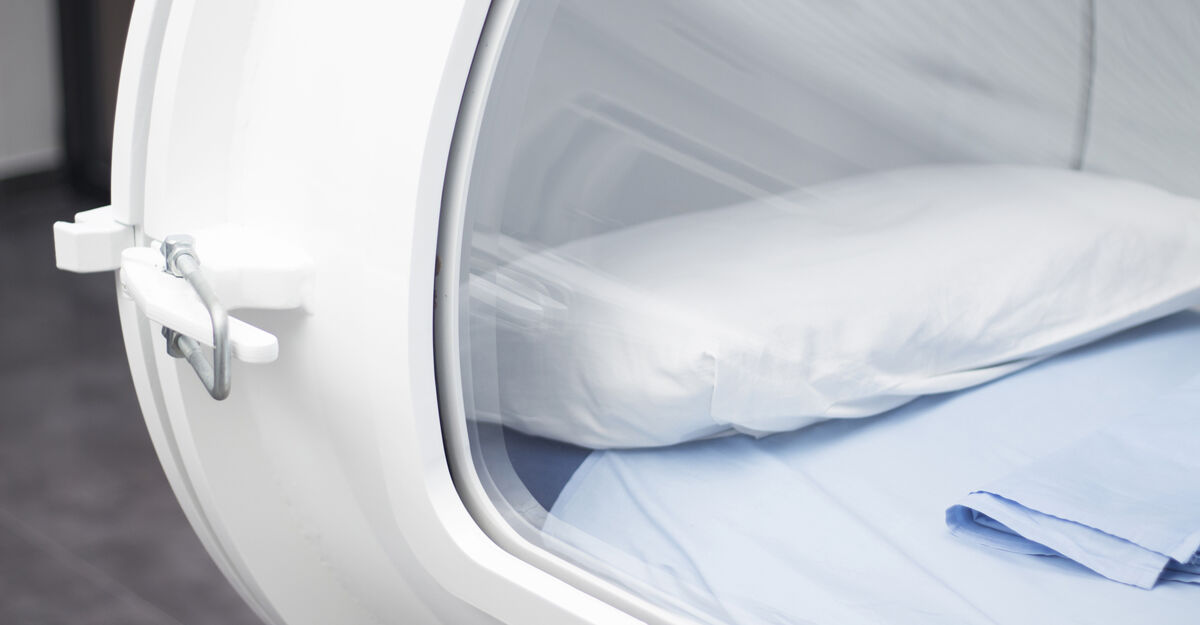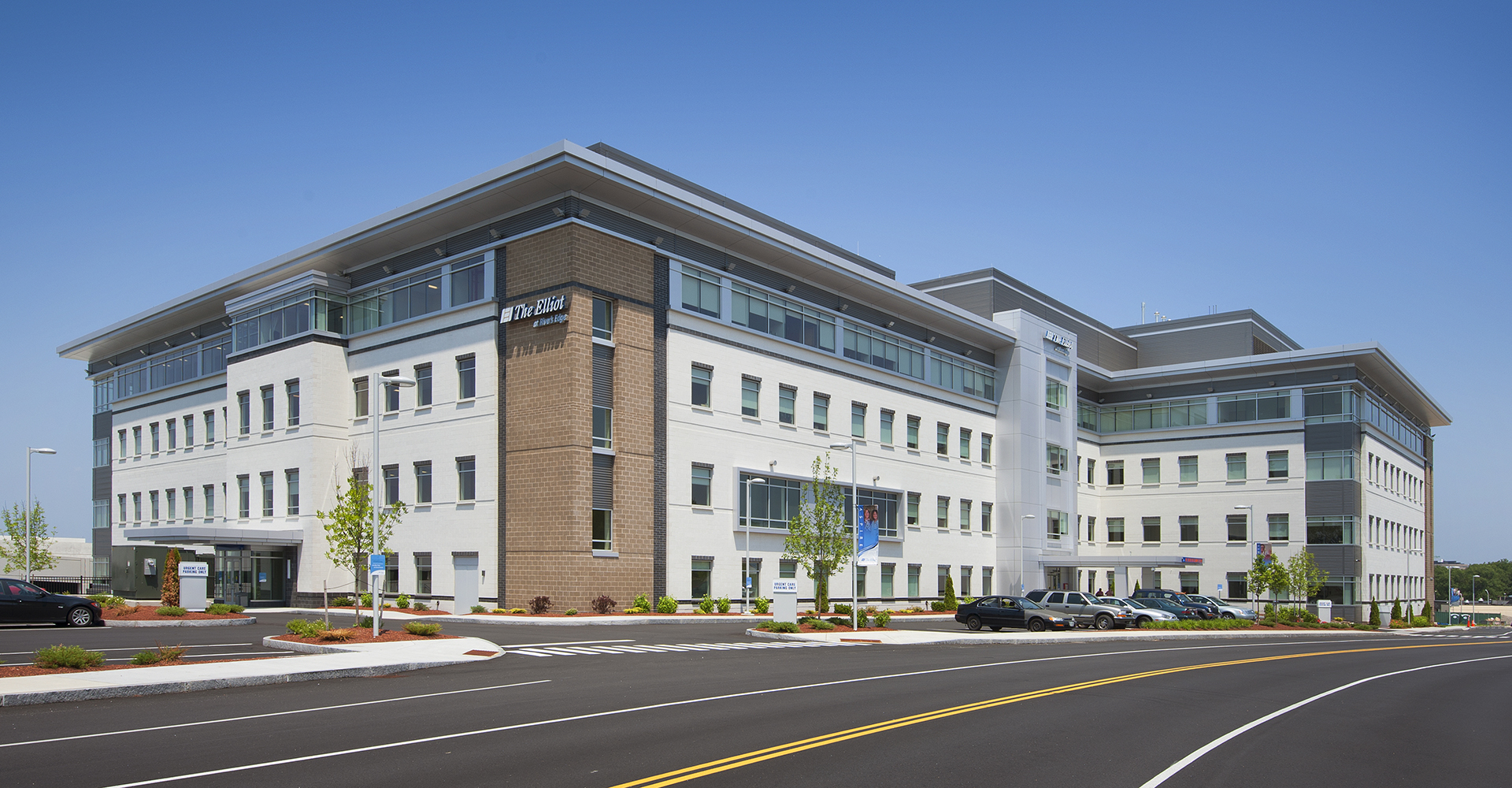Hyperbaric Medicine
Hyperbaric oxygen therapy (HBOT) is an advanced therapy in which a patient breathes 100 percent oxygen while inside a pressurized chamber. HBOT increases the concentration of oxygen in the bloodstream which promotes new tissue and blood vessel growth. A high level of oxygen in the blood also helps to fight a variety of infections.



